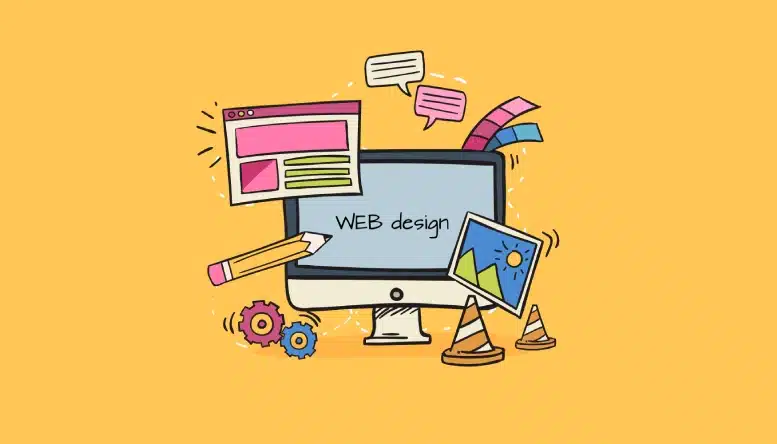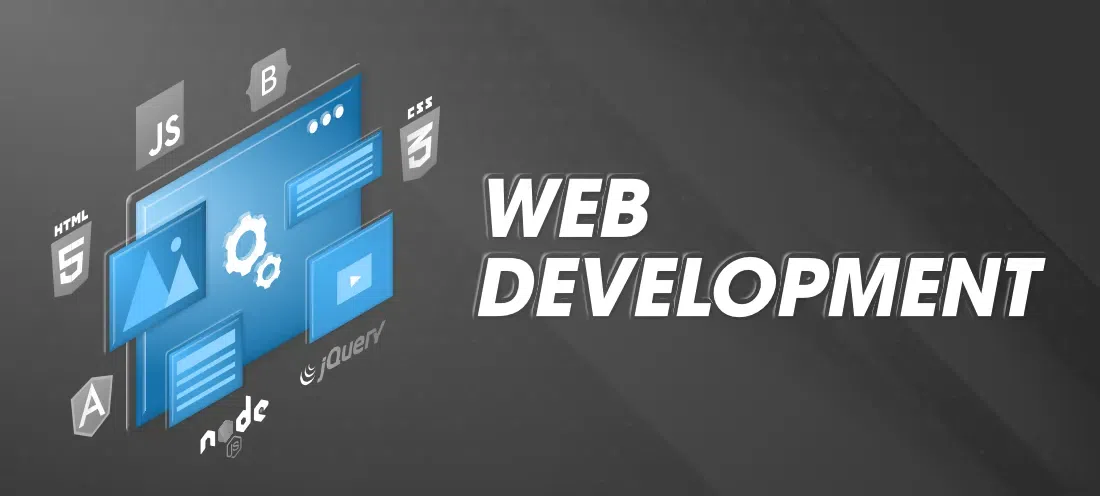Professional Aligned Position Web Design: Custom Websites Tailored to Your Business Needs
Professional Aligned Position Web Design: Custom Websites Tailored to Your Business Needs
Blog Article
The Very Best Kinds of Web Style to Enhance Individual Experience and Engagement
In the ever-evolving landscape of digital communication, the effectiveness of Web style dramatically impacts customer experience and engagement. Different style techniques, such as minimal, responsive, and interactive designs, each deal one-of-a-kind benefits that can provide to varied individual demands.
Minimal Website Design
As electronic landscapes come to be significantly cluttered, minimal Web layout has actually become an effective method to boosting customer experience. This style ideology focuses on simplicity, focusing on vital aspects while getting rid of unnecessary interruptions. By utilizing ample white area, simple navigation, and a limited shade scheme, minimalist layout cultivates clearness and guides user focus to crucial web content.
The core concept of minimalist Web layout is to produce a seamless interaction for customers. By minimizing cognitive lots, individuals can quickly grasp details without really feeling overwhelmed. This straight method not only boosts functionality yet also urges interaction, as visitors are more probable to explore a website that is visually enticing and easy to navigate.
Furthermore, minimalist style typically highlights typography and imagery, making use of these elements tactically to share messages successfully. This concentrate on crucial elements can boost brand identification and develop an unforgettable customer experience. Essentially, minimal website design is not simply a trend; it is a thoughtful approach that identifies the significance of user-centered layout. By removing away peripheral elements, designers can develop an extra engaging, effective, and delightful Web experience for all users.
Receptive Website Design
In today's diverse electronic environment, receptive Web style has ended up being crucial for creating a seamless individual experience throughout a multitude of tools. As users access sites on mobile phones, laptop computers, tablets, and desktops, the ability of a web site to adjust its layout and content to different display dimensions and resolutions is vital.
Receptive website design uses versatile grids, pictures, and CSS media queries to guarantee that Web content is provided efficiently, no matter the device made use of. This strategy not just improves the visual allure of an internet site yet likewise considerably enhances usability. Individuals are much more likely to involve with a site that offers a consistent experience, as it eliminates the aggravation of needing to zoom in or scroll excessively.
In addition, online search engine, including Google, focus on mobile-friendly sites in search rankings. By embracing responsive style, businesses can boost their exposure and get to a wider target market. This strategy additionally simplifies internet site maintenance, as a solitary version of the website can provide to all gadgets, decreasing the need for multiple variations. In recap, receptive website design is an essential technique that enhances customer experience, involvement, and general satisfaction.
Interactive Website Design
Receptive Web design lays the groundwork for boosting customer experience, but interactive website design takes this an action further by involving customers in a much more vibrant means - Aligned Position Web Design. By incorporating elements such as animations, clickable models, and real-time feedback, interactive Web layout astounds users, drawing them right into a richer surfing experience
This technique not only promotes involvement yet additionally encourages users to explore content actively instead of passively consuming it. Techniques such as gamification, where individuals gain rewards for completing jobs, can significantly improve the time invested on a site and enhance general fulfillment. Interactive attributes can simplify complex information, making it a lot more satisfying and digestible.

Incorporating interactive style components can additionally bring about greater conversion rates, as individuals are check my site most likely to involve with a site that proactively entails them. Aligned Position Web Design. Ultimately, interactive website design transforms individual experiences into remarkable trips, making certain that visitors return time after time
Apartment Design
Identified by its minimalistic approach, level layout emphasizes simplicity and performance, removing unneeded components and concentrating on essential functions. This design approach prioritizes usability, ensuring that customers can browse interfaces effortlessly and performance. By employing a tidy aesthetic, flat layout gets rid of the clutter commonly discovered in much more ornate designs, thus boosting user concentrate on material and capability.
The trademark of level design hinges on its usage of vibrant colors, easy typography, and geometric shapes. These components contribute to an aesthetically enticing interface that is both modern-day and approachable. Furthermore, level style promotes a sense of clearness, enabling customers to determine necessary activities and details without diversion.
In addition, level style is specifically efficient in receptive website design, as its simplicity translates well across various tools and screen sizes. The absence of detailed structures and slopes minimizes filling times, which is essential for maintaining customer interaction. As digital landscapes remain to progress, level design remains a pertinent option for producing user-friendly internet sites that improve overall experience. By focusing on crucial features, flat layout not only fulfills user requirements but also urges seamless interaction, making it a crucial component of reliable Web style strategies.
Flexible Web Layout
Adaptive Web layout customizes the individual experience by developing numerous fixed designs customized to various display dimensions and tools. Unlike receptive layout, which fluidly changes a solitary format, flexible layout uses distinctive formats for specific breakpoints, making certain optimal presentation on various platforms. This approach allows developers to concentrate on the special features of each tool, boosting functionality by providing exactly what users need based upon their context.
Among the main advantages of adaptive website design is its capacity to why not look here maximize tons times and performance. By serving customized web content and pictures that fit the customer's tool, web sites can lessen data usage and boost Click Here loading rates. This is specifically advantageous for users with slower links or restricted data strategies.

In addition, adaptive layout facilitates a much more consistent and regulated branding experience. Because developers develop multiple designs, they can make certain that the visual aspects straighten with the brand's identity across various systems - Aligned Position Web Design. This results in a natural individual experience, boosting interaction and advertising customer retention
Conclusion
Finally, the combination of minimal, responsive, and interactive Web style concepts significantly enhances individual experience and interaction. Minimal layout cultivates clarity and focus, while responsive design makes sure flexibility throughout numerous gadgets, advertising accessibility. Interactive design captivates users through dynamic elements, motivating expedition and customization. Jointly, these style comes close to add to the development of easy to use atmospheres that not just improve fulfillment however likewise drive higher conversion rates, underscoring their crucial value in contemporary website design approaches.

Minimal design fosters clearness and focus, while responsive layout guarantees versatility throughout numerous tools, advertising accessibility. Collectively, these design approaches contribute to the development of easy to use atmospheres that not only improve fulfillment yet likewise drive greater conversion prices, highlighting their important relevance in modern Web style methods.
Report this page